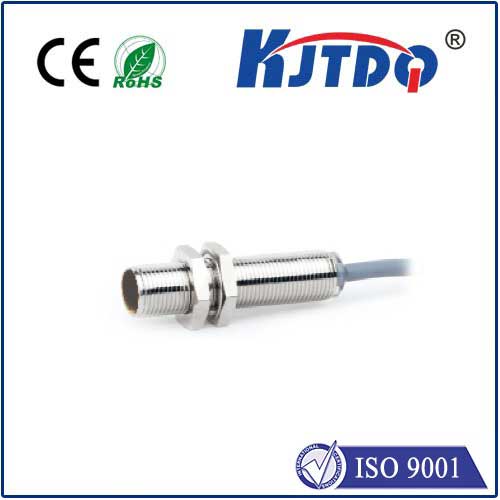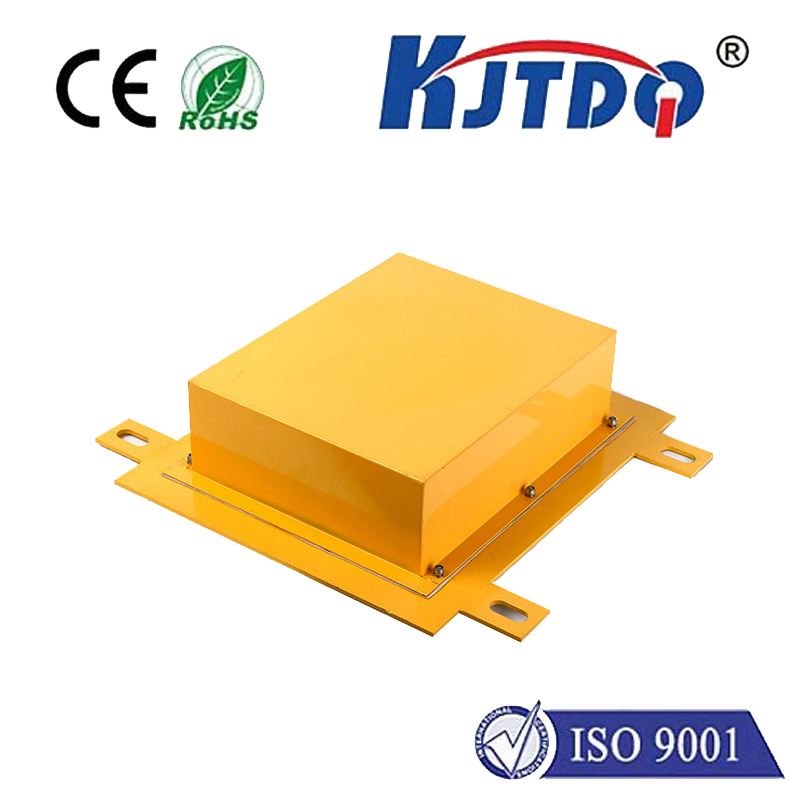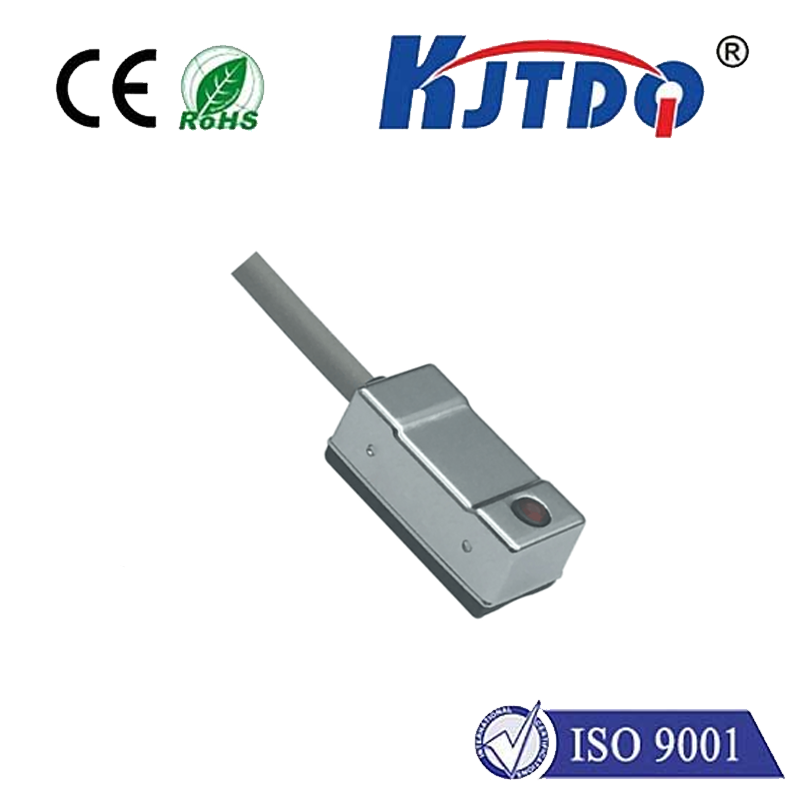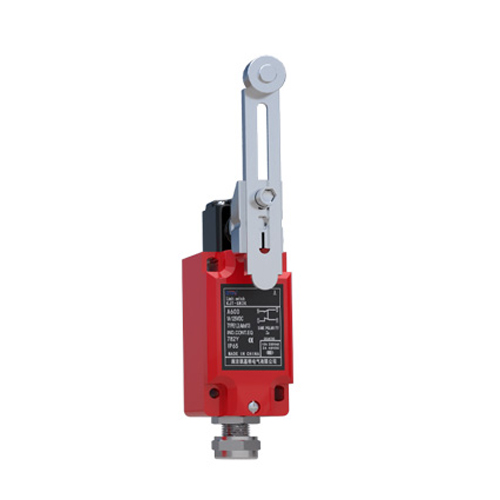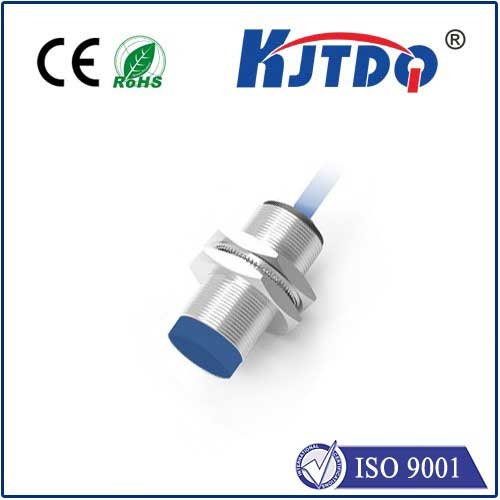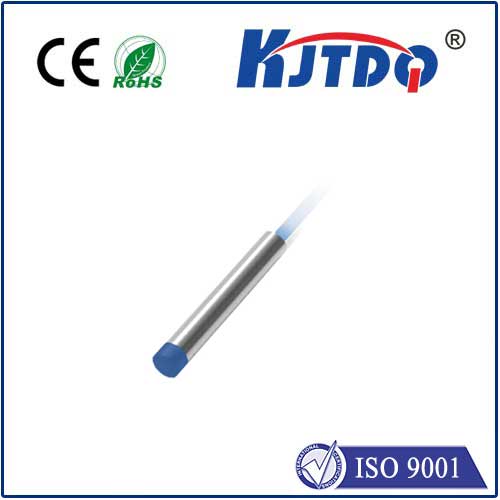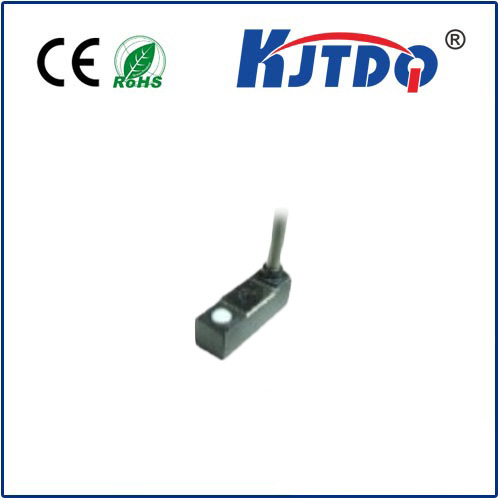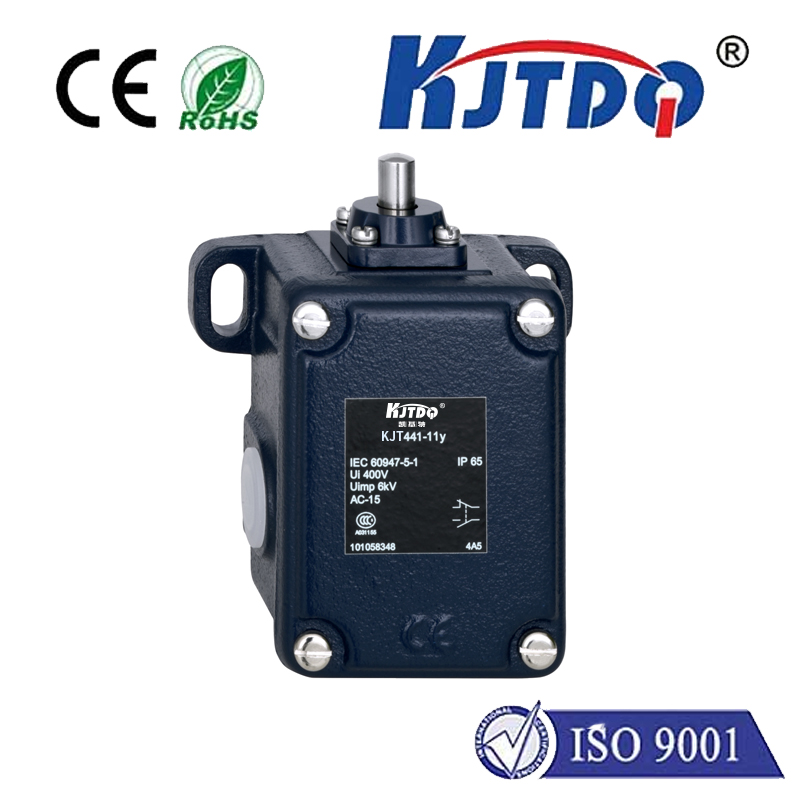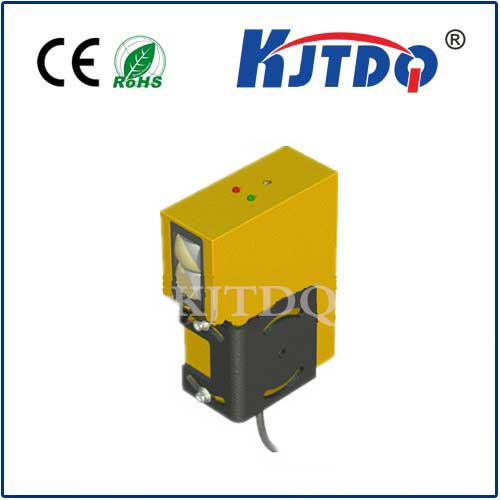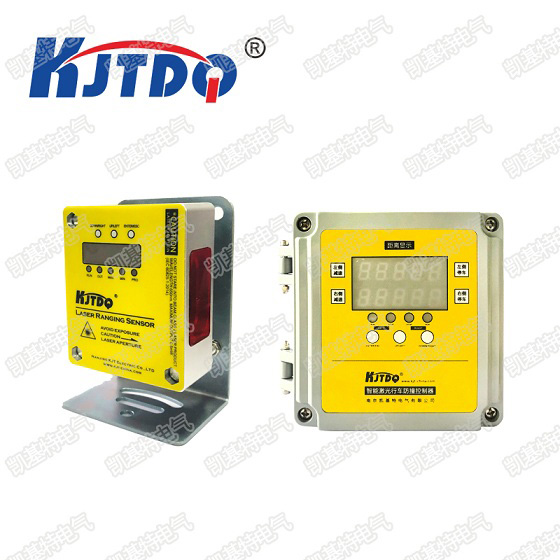different types of proximity switches
- time:2025-06-19 01:48:50
- Click:0
Sensing Solutions: Navigating the World of Different Types of Proximity Switches
In the intricate dance of modern automation, sensors are the quiet sentinels, ensuring precision, safety, and efficiency. Among them, proximity switches stand out as vital components for non-contact detection. They silently monitor the presence or absence of objects without physical touch, revolutionizing countless industrial and commercial processes. But not all proximity switches are created equal! Choosing the right one hinges on understanding the different types, each with unique principles of operation, advantages, and ideal applications. Let’s delve into the fascinating world of proximity sensors.
The Core Principle: Sensing Without Contact
At their heart, all proximity switches are designed to detect an object’s presence or absence within a specific range – their sensing field – without requiring physical contact. This key characteristic eliminates mechanical wear, enhances reliability, and enables high-speed operation. They output a discrete signal (typically ON/OFF), making them perfect for triggering actions, counting items, verifying position, or providing end-of-travel confirmation in machinery. The critical differentiator lies in how they generate and interact with this sensing field.

Exploring the Common Types of Proximity Switches
- Inductive Proximity Sensors
- How They Work: These sensors generate an electromagnetic field using a coil connected to an oscillator. When a ferrous metal object (like iron or steel) enters this field, it induces small electrical currents called eddy currents on the object’s surface. This causes a measurable change in the sensor’s oscillation amplitude or frequency, triggering the output switch.
- Key Characteristics: Exclusively detect metallic targets, primarily ferrous metals. Sensing range is influenced by the target size and material (better with ferrous). Robust, reliable, and relatively immune to dust, dirt, oil, and water splashes (rated IP67 commonly), making them ideal for harsh industrial environments like machine tools, conveyors, or hydraulic systems. Compact sizes are widely available.
- Capacitive Proximity Sensors
- How They Work: These sensors utilize the principle of capacitance change. They generate an electrostatic field emanating from the sensor face (which acts as one plate of a capacitor). When any object (metal, plastic, wood, liquid, powders, granules) enters this field, it acts as the second capacitor plate, altering the capacitance between the sensor and the object. This measurable change triggers the output.
- Key Characteristics: Detect almost any material type, a significant advantage over inductive sensors. The sensing range depends on the target material’s dielectric constant (higher constants, like water, are detected more easily than lower ones, like dry wood). Often adjustable sensitivity allows fine-tuning to ignore background materials or containers. Widely used for level detection (liquids, granular solids), presence sensing of non-metallic objects (bottles, wood, plastic parts), and applications requiring detection through non-metallic walls.
- Photoelectric Proximity Sensors
- How They Work: These sensors use light (typically visible red, infrared, or laser) for detection. They consist of either:
- Emitter and Receiver: Separate units where the target breaks the light beam (through-beam).
- Combined Unit: The light beam is reflected off the target back to the sensor (retro-reflective or diffuse reflective). The interruption or reflection of the light beam is detected, switching the output.
- Key Characteristics: Offer the longest sensing ranges among common proximity switches. Capable of detecting small objects. Performance can be affected by ambient light, dust, fog, color, or reflectivity of the target. Available in numerous configurations optimized for specific challenges (e.g., background suppression for ignoring surfaces beyond the target, polarized lenses for detecting shiny objects). Crucial in packaging, material handling, and assembly lines for object detection, counting, and positioning.
- Magnetic Proximity Sensors (Reed Switches)
- How They Work: These are simple mechanical switches activated by a magnetic field. They contain two ferromagnetic reeds enclosed in a sealed glass tube with inert gas. When a permanent magnet approaches within range, the magnetic field causes the reeds to flex and make contact, closing the electrical circuit.
- Key Characteristics: Need a permanent magnet as the target. Very low power consumption. Simple and economical. Can be encapsulated to withstand harsh environments. Found in applications like sensing cylinder piston position, door/window position monitoring, security systems, and float switches for liquid level control. However, they are typically slower and have a shorter lifespan than solid-state sensors due to mechanical contacts.
- Ultrasonic Proximity Sensors
- How They Work: These sensors emit high-frequency sound waves (ultrasonic pulses, beyond human hearing) and measure the time it takes for the echo to return after bouncing off a target. Distance is calculated based on the speed of sound. A proximity switch function is achieved by setting a threshold distance – if an object is detected within that threshold, the output switches.
- Key Characteristics: Detect virtually any material that reflects sound effectively (solids, liquids, granulates, transparent objects – where photoelectrics struggle). Effective in challenging environments with dust, fog, smoke, and varying lighting conditions. Longer range capability compared to inductive/capacitive, but generally less than advanced photoelectrics. Used for level monitoring (silos, tanks), presence detection of irregular surfaces, stack height control, and object detection in dirty conditions.
Choosing the Right Sensor: Key Considerations
Selecting the optimal proximity switch type requires careful evaluation of several factors:
- Target Material: Is it metal (ferrous/non-ferrous), plastic, liquid, wood, or something else?
- Required Sensing Distance: How far away does the object need to be detected?
- Installation Environment: Is it dirty, wet, oily, hot, or exposed to chemicals?
- Target Size and Shape: Is it small, large, irregular, or transparent?
- Switching Speed: How fast does the detection need to be?
- Output Requirements: What type of electrical signal (PNP/NPN, NO/NC, analog) and load capacity is needed?
- Housing Material/Size: Does the sensor need to withstand impacts or fit in a tight space?
Conclusion: Matching Technology to the Task
The diverse landscape of proximity switches – inductive, capacitive, photoelectric, magnetic, and ultrasonic – provides engineers and technicians with powerful tools to solve an immense variety of sensing challenges. Understanding the fundamental operating principles and inherent strengths of each type is paramount. By carefully matching the sensor technology to the specific requirements of the target, environment, and application, you ensure reliable operation, enhanced safety, and optimized performance for your automated systems. From detecting liquid levels in a tank to counting bottles on a high-speed line or positioning a robotic arm near ferrous metal, the right proximity sensor is an indispensable component in the modern industrial world.












